Final Fantasy 7 Rebirth is all middle, so it gets to cut loose
A recent report from Bloomberg detailed some soul-searching and scapegoating at Square Enix after a drop in its stock price and perceived underperformance of Final Fantasy 16. Sources criticized disorganized management in a landscape of unruly “fiefdoms” run by single, powerful producers. This may be true, and I wouldn’t want to minimize the frustrations of developers working under these conditions. But there’s also something to be said for letting big, extremely experienced, creative personalities run things as they see fit (reasonable). What they create may not come together perfectly, but it never feels like it was designed by committee. It seems tailor-made, obsessive, extravagant and strange.
This couldn’t be more true for Final Fantasy 7 remake, a sprawling three-game reinterpretation and expansion of the 1997 classic, helmed by producer (and director of the original) Yoshinori Kitase with help from creative director and Kingdom Hearts overlord Tetsuya Nomura. It’s self-indulgent fan service that, one way or another, is also willing to change the script; fans were shocked by the real-time combat and seemingly metafictional twists and turns of the 2020s debut. Final Fantasy 7 Remakebut no one could deny that Kitase’s team was really going for it.
Now we have Final Fantasy 7 Rebirth, available on PlayStation 5 on February 29, 2024: a sumptuous and successful reconstruction of the central part of an old video game. As the latest extremely vivid trailer suggests, this sequel will be unleashed after all the theatrics and brooding iconography of Redothe recreation of the stifled, dystopian city of Midgar. Renaissance follows Cloud Strife and company as they follow the trail of the antagonist Sephiroth across the land, from the desert to the coast to a garish pleasure park; Confirmed locations include the military fortress city of Juno, the Gold Saucer theme park, and the Forgotten Capital. They are exploring! They hunt ! They ride chocobos! They play mini-games! They ride on Segways!
During a recent hands-on session, I had the opportunity to play two sections of the game: “The Fated Mt. Nibel Mission”, a flashback sequence in which Cloud and Sephiroth are playable together, and “The Open Wilds of Juno”, a foretaste. for the more open exploration and hunting gameplay offered in Renaissancebefore the story takes me to Under Junon, a struggling fishing village in the shadow of an oppressive metropolis.
On the history side, Renaissance is the direct continuation of Redobut in terms of gameplay, it’s best thought of as a traditional video game sequel: broadening the scope, adding features, but getting closer to what made the first game tick. (Game saves and character builds from Redo do not postpone — Renaissance is a standalone game – but Square Enix promises some bonuses for returning players.) Combat plays out similarly to the first game: a mix of Active Time Battle command issuance, in an echo of the turn-based system from the original game, and switch between characters to run, attack, dodge and block in real-time action combat.
The major addition is the synergy abilities that combine characters in your party of three for coordinated movements. Discrete synergies are available at any time when you hold R1 to block, but the main synergy abilities are slow-charging obstacles that gradually build up on their own independent gauge, much like Limits. They’re flashy animated and satisfying to use, plus there’s a fun, wish-fulfillment dimension to watching these beloved characters team up in such a wide range of combinations. (I don’t know if every possible permutation of the game’s playable cast will be featured, but based on the demo, it appears so.)
Image: Square Enix
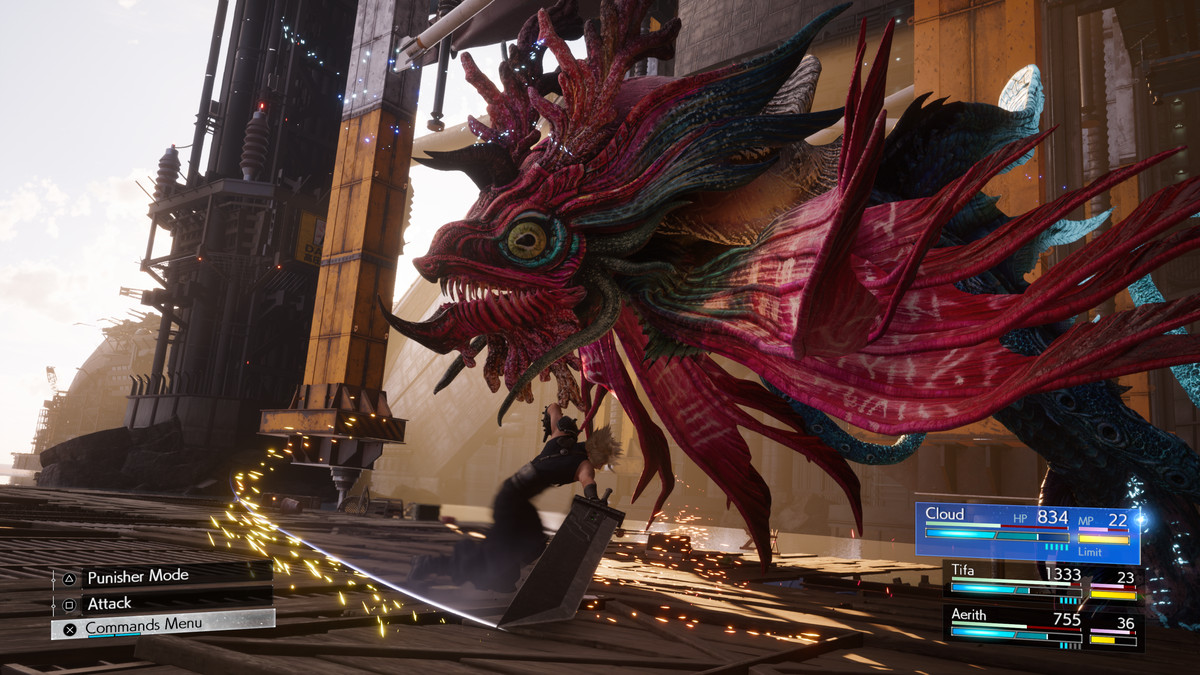
Image: Square Enix
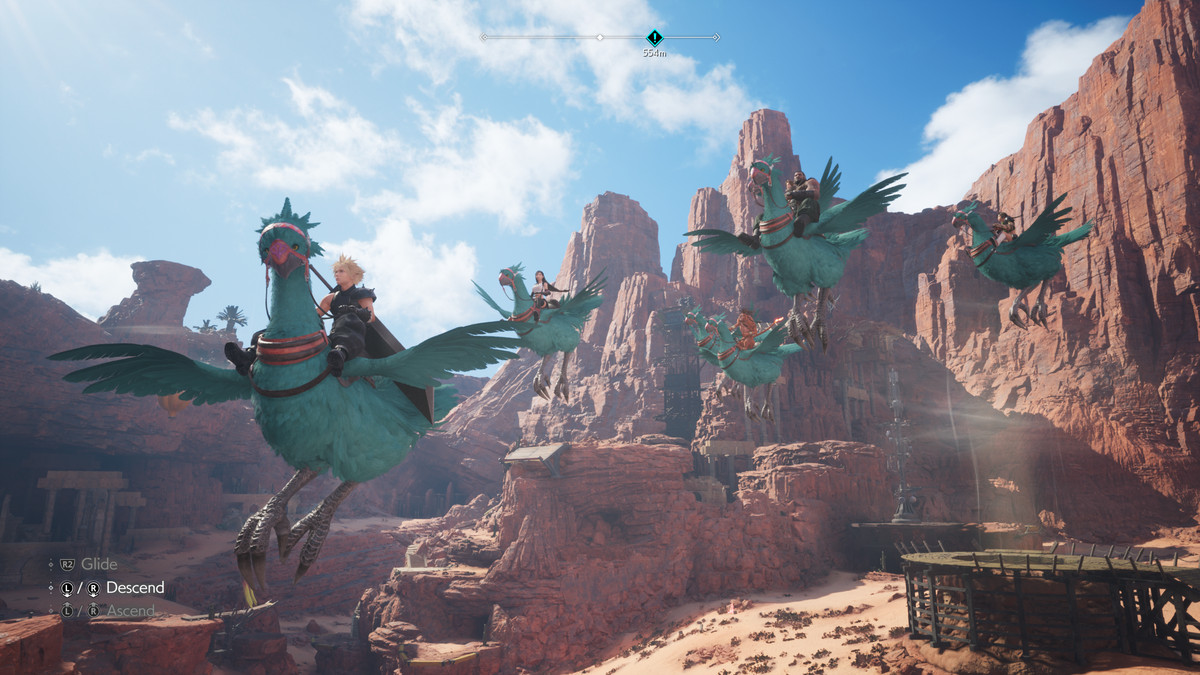
Image: Square Enix
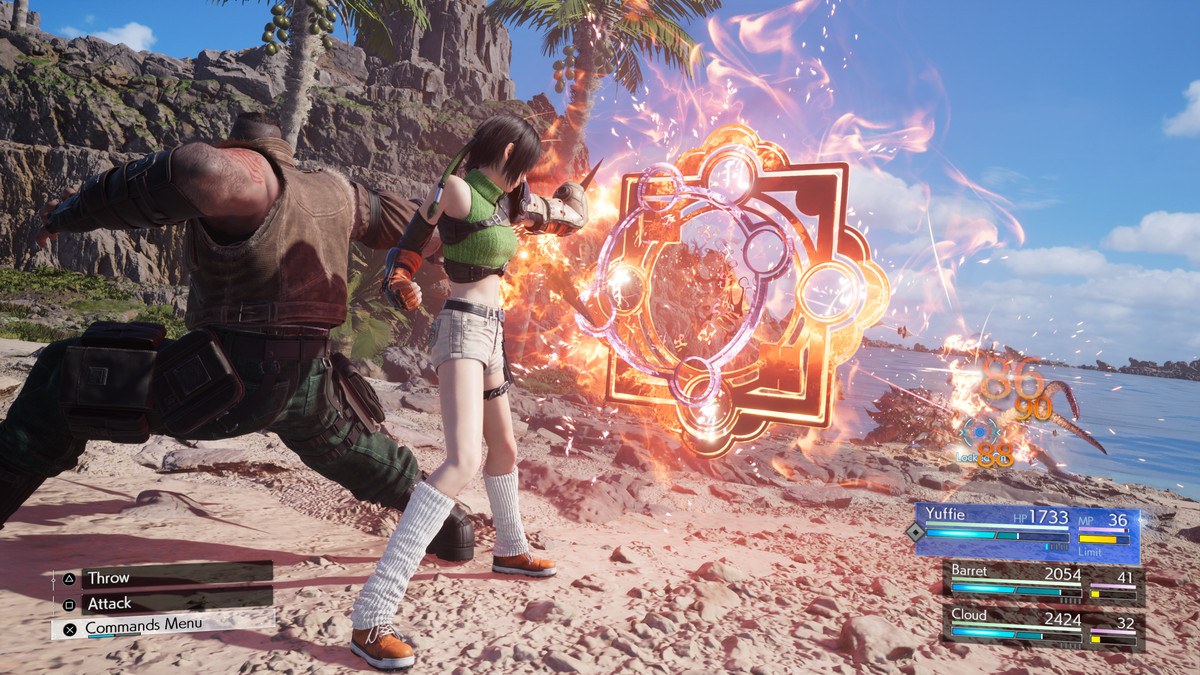
Image: Square Enix
My only hesitation about synergies is that they might push an already extremely busy, multi-tiered combat system to the point of feeling messy and rushed. A short game demo is never the best environment for exploring these things, but more than once I found myself thinking what if Renaissance offers the ability to automate combat in real time and focus only on the most strategic commands, such as Redo I did it, I could take it. Redo And Renaissancefighting is good, but Final Fantasy 16The crisp, fluid and refined fighting action of rather showed it off, anyway.
The synergies were effectively showcased in the Mount Nibel mission, which sees Cloud and Sephiroth together during the SOLDIER era, investigating a malfunctioning Mako reactor, accompanied by a young (and non-playable) Tifa. Sephiroth is deliberately set to feel overpowered in this section, dominating Cloud. It’s an almost eerie kick to handle this iconic character, with his outrageously long locks, coat and blade, in real time, as the pair face a boss fight against a Materia Guardian monster resembling a Scorpio.
Square Enix only offered a small portion of the wilderness outside of Juno to explore in the second mission; as is often the case with the board’s games, it felt like a condensed feel of an open world, so much so that it was hardly worth riding chocobos to explore and sniff for treasure (although the reps say the area in the final game will be much larger). bigger). Either way, the real fun here was experimenting with the three available party compositions – permutations of Cloud, Tifa, Aerith, Barret, and the new angry cat type, Red XIII – in hunts against powerful monsters ( called “demons”). ) In the field. These clashes are replayable and come with optional objectives (pressure or stun your opponent, respect a time limit, etc.) which increase the rewards. They seem like a great place to learn the quirks of the combat system and perfect your group strategies.
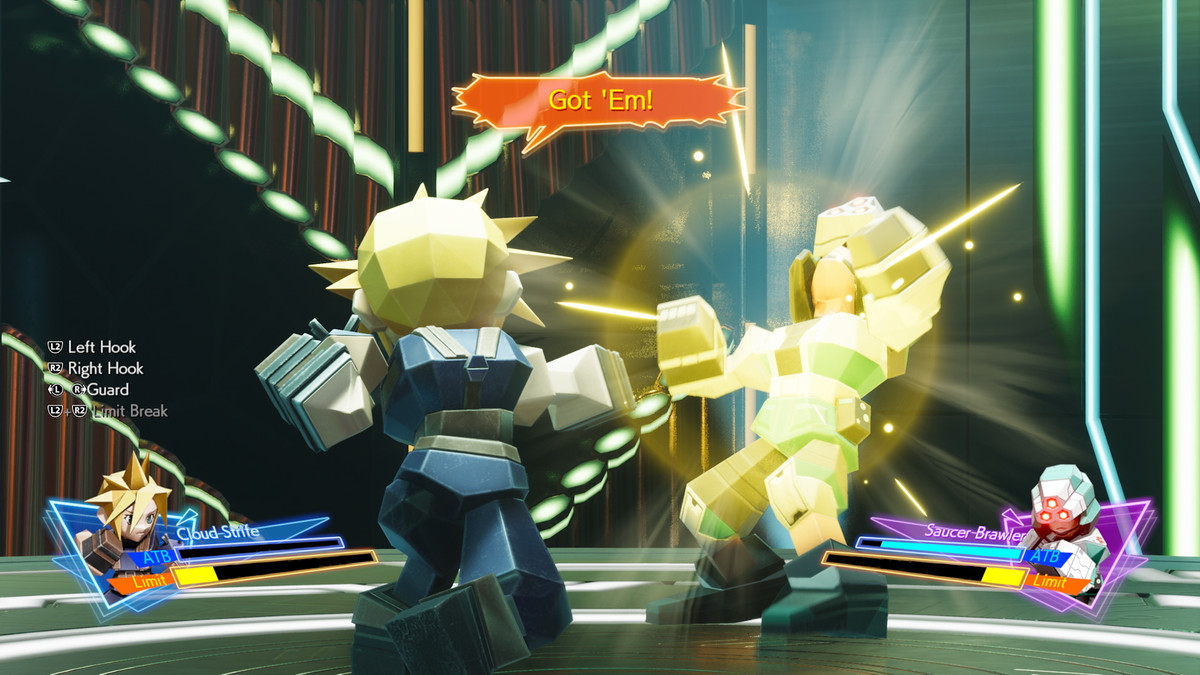
Image: Square Enix
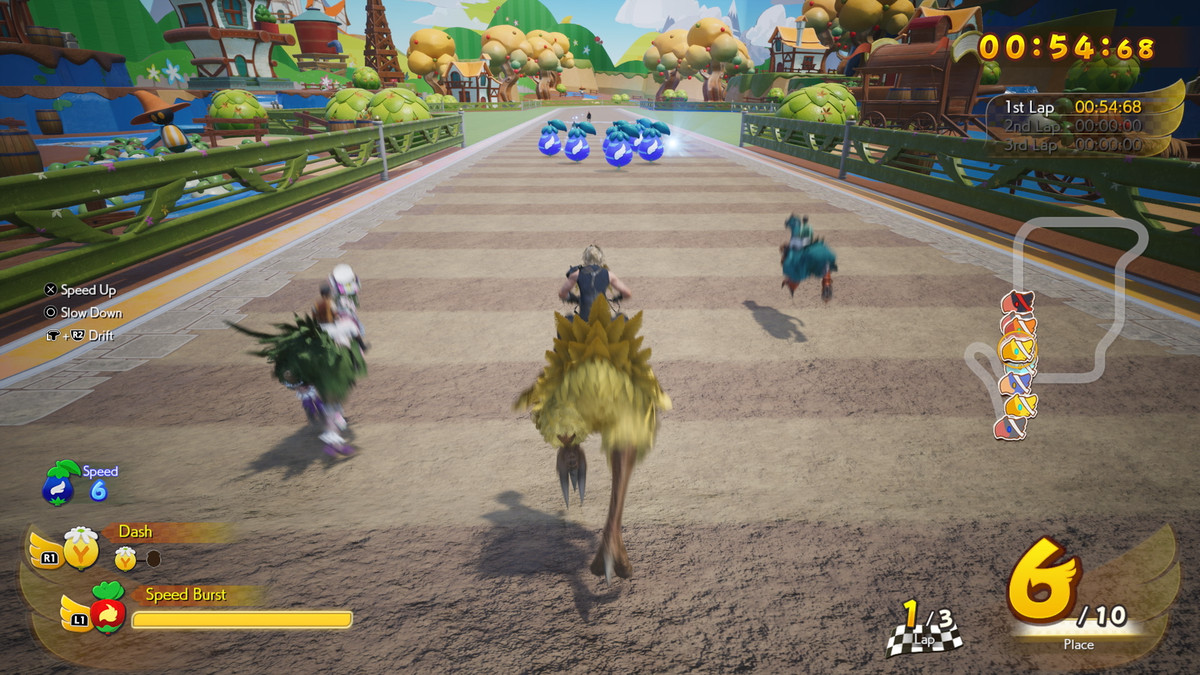
Image: Square Enix
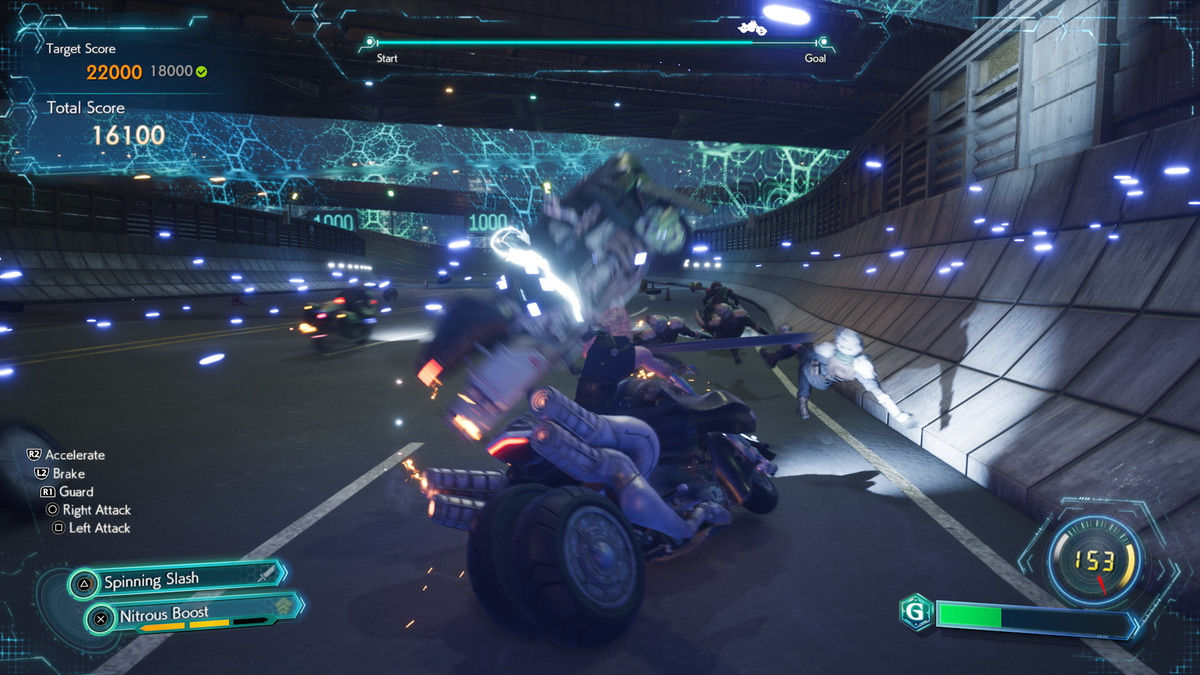
Image: Square Enix
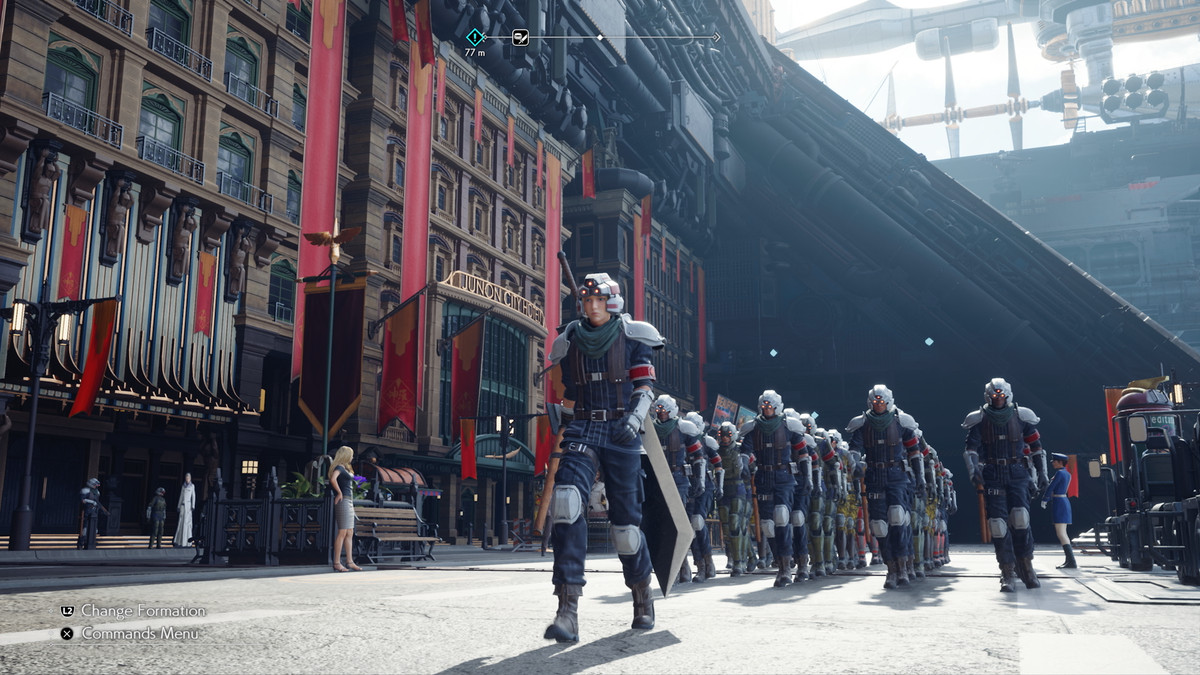
Image: Square Enix
After playing with this for a while, I followed a marker leading to the dark lean-tos of Under Junon – a beautifully rendered location that, perhaps even more than anything else in Redo, it’s like walking through the blurry, low-poly maps of the original, now fully realized. Here, another boss fight against a giant aquatic menace, the Terror of the Deep, heralded the arrival of ninja Yuffie Kisaragi (introduced in the Intergrade DLC), but the demo unfortunately ended before I had a chance to add it to my party.
In an interview with the PlayStation Blog, Kitase and his team noted that the order in which locations are visited will vary from the original and that the Gold Saucer can be revisited to play mini-games at any time. They promised an expansive world map with many locations that aren’t even included in the main storyline, and Kitase said the team challenged themselves to be more ambitious with new scenes that deviate from of the original story. “I am confident that these new stages will be extremely enjoyable for fans and newcomers,” he said.
I’m not as convinced as Kitase that everyone in the Final Fantasy fandom will love Renaissance‘s diversions from the original game. But the feeling I had was that of a game which, even more than Redomanages to be free to be himself and have fun – even as he hits the nostalgic notes everyone expects.
